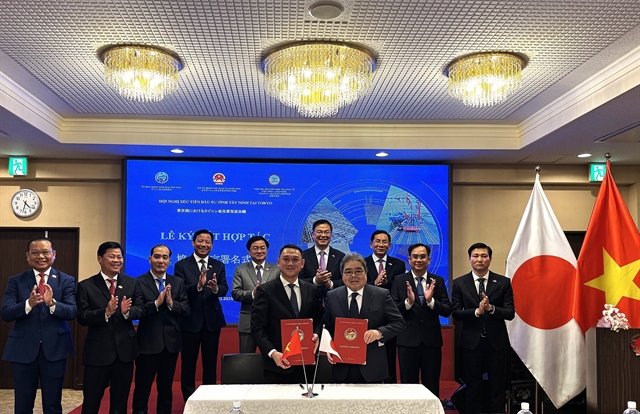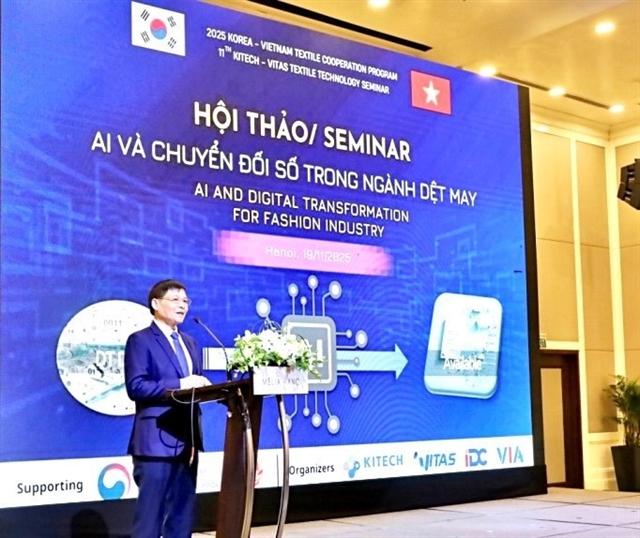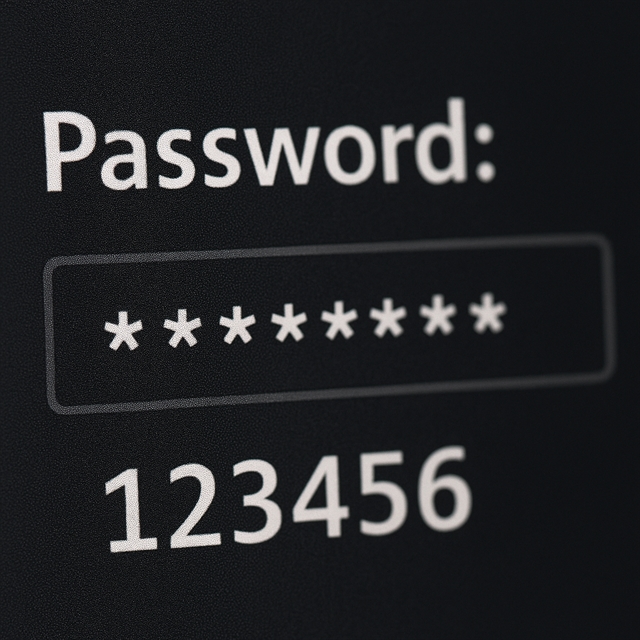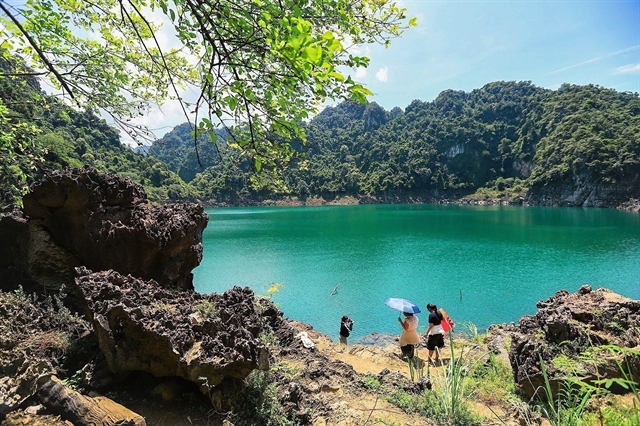 Life & Style
Life & Style

Pianist Phó An My will perform the Gió show at Công Nhân (Worker) Theatre on October 29. The show is a combination of piano pieces and Vietnamese chèo (traditional opera).
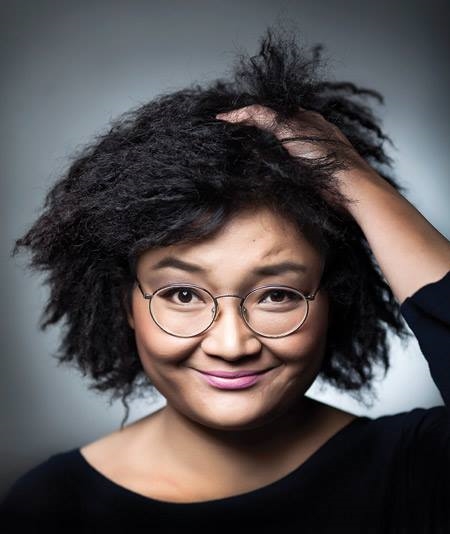 |
Pianist Phó An My will perform the Gió show at Công Nhân Theatre on October 29. The show is a combination of piano pieces and Vietnamese chèo (traditional opera).
My learned to play the piano at Carl Philipp Emanuel Bach Music College in Germany. She won the first prize at a competition for piano and clarinet in Berlin in 1996.
She taught piano at Nannang University in China, and started performing in Việt Nam in 2005.
My launched her project combining piano pieces and Vietnamese traditional music at Huế Festival 2006. The project, entitled Đối Thoại Đông Tây (East West Dialogue) is run by My and musician Đặng Tuệ Nguyên.
My has put on shows that combine piano with tuồng (classical opera), hò Huế (Huế singing), hát cọi (Tày ethnic singing) and chầu văn (văn singing), which have made her famous.
Could you tell why it is chèo this time? And how do you use the Vietnamese traditional art form at the Gió show?
Gió is quite different from the previous shows. It is inspired by a very popular chèo show of Việt Nam, Quan Âm Thị Kính, which is a folk tale. We don’t intend to tell the tale through music. As usual, musician Đặng Tuệ Nguyên has composed the music and I have written the script for the show.
Vietnamese traditional chèo is a genre in which the audience can find all literary genres, such as romance, epic and poetry. I want to focus on the romance factor in Gió.
Could you tell us more about Gió? What is your performance style in Gió?
Gió is the story of two women who are quite different. One desires to be loved and the other is very patient about her life. I always see myself in the two women, depending on my emotions.
I performed enthusiastically in the two most recent shows, which combined piano with hát văn and tuồng folk tunes. I will be gentle and play music more calmly in Gió.
I want to make the shows in the East-West Dialogue project more colourful with contrasting performance styles.
Gió will mark the end of a project that you have carried out since 2006. What are the difficulties and advantages in bringing your project closer to listeners?
Not many people enjoy listening to symphony. And it is difficult to attract people, young people in particular, to traditional music.
The difficulty increases when combining two musical genres. However, I am lucky because all the shows in my project were sold out. But the proceeds from the ticket sales were enough to cover only the organisation of the show. It was not enough to cover proper pay for the artists.
After ten years of combining traditional music and piano, I want to end it and change to other genres. It will be difficult but I like new challenges.
You lived abroad for many years before returning home. What makes you interested in traditional music?
I lived in Germany for a long time. But when I returned home, I began to carry out the project combining Vietnamese traditional music and piano. It is like having a bowl of phở after a long period of absence from Hà Nội.
I’m also lucky because I have a well-to-do family that enables me to feel comfortable with music. I spend the breaks between the shows in travel. I think that an artist needs to enrich her soul.
Could you tell us more about your counterpart, musician Đặng Tuệ Nguyên?
We first worked together at the Huế Festival in 2006, where I had been invited to perform. When I saw repertoires of other musicians, I was very confused.
It was difficult to lure the festival-goers to listen to classical music. Thus, the project combining traditional music and piano was born.
Luckily, I listened to Impromtu, Nguyên’s first classical work with cello and piano. I liked the piece and wanted to work with him.
I asked him to write a piece based on folk music for my show at the Huế Festival.
We have performed at the Huế Festival four times. The combination of piano and Vietnamese traditional music is our own production. I never thought about co-operating with other artists. — VNS

